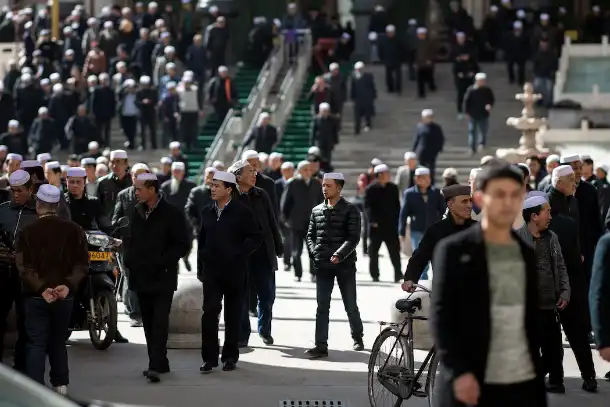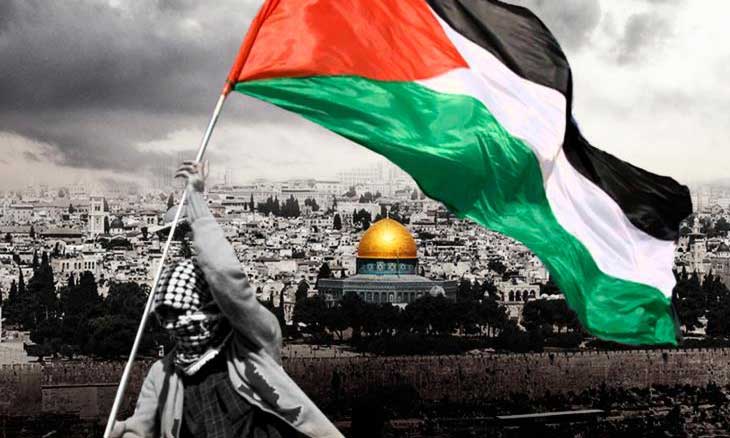Two Years After “Al-Aqsa Flood”... Gains and Losses
As we celebrate the achievements of the “Al-Aqsa Flood” battle of October 7, 2023, on its second
anniversary, the world recalls the moment when Gaza’s fighters were seen
roaming Israeli settlements along the Gaza border after storming them in a
stunning operation and overpowering the occupation army. This anniversary
raises questions about the extent of the gains achieved, as well as the losses
that resulted from it.
The most significant gains were exposing the fragility of the
occupation and revealing it to be nothing more than a paper tiger. Were it not
for American and Western support, along with the complicity of other parties,
the occupation would have collapsed. Moreover, the operation revived the
Palestinian cause on the global stage after it had long been marginalized.
The losses, on the other hand, stem primarily from the world’s
betrayal of Gaza and the resistance. The Zionist lobby mobilized Western media to
impose its own vision and misleading narrative, justify the genocide in Gaza, and
push for plans to disarm Hamas.
Great Gains
First: The primary and most significant gain was
that the Palestinians broke the backbone of “Israel” and its army despite the
massive destruction and the huge number of martyrs and wounded in Gaza. By
their own admission, 2,352 Israelis — including soldiers, police officers, and
settlers — were killed, with 1,200 on the first day of the battle and the rest
during the assault on Gaza.
Second: The second gain was that the Palestinian
people and the resistance turned the image battle upside down. While “Israel”
had long used Western media to spread lies and demonize the resistance,
international public sympathy grew, and Gaza succeeded in making its voice
heard everywhere. Pro-Palestine demonstrations have continued across Europe and
the United States without pause.
This prompted “Israel” to buy
the support of social media influencers and hire PR firms to improve its
deteriorating image as a racist, genocidal state. On October 6, 2025, the
Hebrew newspaper Yedioth Ahronoth revealed that the occupation
government had allocated more than half a billion shekels (around 145 million
dollars) in its budget to influence social media platforms and “ChatGPT,” in an
attempt to make them defend its narrative.
The Responsible Statecraft
website revealed that the Israeli Ministry of Foreign Affairs recruited
American youths (influencers) to polish its image and defend it, offering them
$7,000 per post.
Third: One of the most important outcomes of
“Al-Aqsa Flood” was that it shattered the relationship between “Israel” and the
American people (though not the government). Americans began to realize who
these killers are — those who drain their resources, live off their country,
and control their leaders. As a result, more voices are calling for ending
“Israel’s” dominance over U.S. decision-making.
For the first time, members
of Congress who support Trump and “Israel” — including Marjorie Taylor
Greene — as well as prominent media figures like Tucker Carlson, have dared to
call for ending the suspicious relationship between their government, the
United States, and this rogue state, “Israel,” which blackmails them, controls
American politicians, and drains the wealth of the American people.
Republican Congresswoman
Marjorie Taylor Greene, one of Trump’s strongest supporters, criticized
“Israel” and its blackmailing of members of Congress. She wrote: How does
“Israel,” through AIPAC (a Jewish lobbying group), control members of the U.S.
Congress?
Fourth: The Palestinian cause returned to the
forefront of global events after it had nearly been forgotten. Recognition of
the State of Palestine increased, and for the first time, five European
countries recognized it simultaneously, bringing the total number of countries
that recognize Palestine to 152. There is now a widespread international call
for the establishment of a Palestinian state.
Fifth: The “normalization train” that had been
speeding ahead between Tel Aviv and many Arab and Islamic capitals was
effectively halted by “Al-Aqsa Flood.” Arab countries that had been on the
verge of falling into the trap of normalization became some of its strongest
opponents.
Sixth: Due to the clear aggressive Zionist intentions
toward all Arab and Islamic countries, and the statements made by Netanyahu and
members of his extremist religious Zionist government about the dream of
“Greater Israel” and biblical ambitions, several countries — particularly Egypt
and Turkey — began forming closer alliances to play a bigger role in Gaza and
the region, and to curb the occupation’s influence.
The Egyptian–Turkish and
Pakistani–Saudi alliances were among the outcomes of “Al-Aqsa Flood,” as
Hamas’s operation effectively shattered the “Deal of the Century” and disrupted
the waves of normalization.
Seventh: “Al-Aqsa Flood” exposed the racism and
double standards of Western media and its subservience to “Israel” and
influential Jewish lobbies. Western media’s bias became evident as it echoed
Israeli outlets, spreading fabricated stories aimed at justifying the genocide
in Gaza.
One of the most notorious
false stories was the claim that the resistance had killed 40 Israeli infants
and found them beheaded, as well as allegations that Hamas fighters had raped
Israeli women. These stories were promoted by Western media and later retracted
with apologies.
Eighth: “Israel’s” economy was one of the biggest
casualties of “Al-Aqsa Flood,” due to the enormous cost of the war, which
reached over $21.7 billion in two years (since October 7, 2023), according to
the “Costs of War” project at Brown University’s Watson Institute for
International and Public Affairs. Its economy deteriorated, and many of its
factories collapsed as a result of widespread boycotts.
The early cost of the war
(during its initial days) reached 27 billion shekels (around 7 billion
dollars), according to the Bank of Israel. This was due to reserve
mobilization, the call-up of hundreds of thousands of soldiers, and other
war-related expenses.
Total economic losses
amounted to between 30 and 50 billion shekels (8–13 billion dollars), including
military expenses, compensation payments, damage to settler properties, losses
in aviation and trade, airport closures, and a sharp decline in tourism.
Ninth: This point is particularly significant — the
gains achieved by the resistance and Hamas through “Al-Aqsa Flood,” as
acknowledged by Israeli and foreign sources. One major gain was the security
and intelligence deterrence the resistance imposed on the occupation. Israeli
intelligence agencies completely failed to predict the operation, which was a
major surprise in both timing and location.
There was also a moral and
political cost, reflected in the weakened sense of security within “Israel” and
the shifts in Israeli public opinion regarding the war and the settlements.
Does “Al-Aqsa Flood” have any losses?
The nature of war inevitably results
in casualties and martyrs. However, the resistance did not anticipate the
extent of Zionist hatred and aggression, backed by the American and European
war machine, nor the scale of the random killings, destruction, and the brazen
pride taken in committing these massacres and atrocities.
Even more dangerous was that the
resistance did not anticipate the extent of the betrayal that “Al-Aqsa Flood”
would face from some Arab parties, nor the global silence over crimes that far
exceed those of Hitler many times over. This betrayal greatly amplified the
losses suffered by Gaza and the resistance, and intensified the siege imposed
on the people of Gaza.
The destruction of the Gaza Strip was
the most horrific and impactful of these losses. This led some to consider the
“Al-Aqsa Flood” battle a “mistake,” despite it being a blessed operation aimed
at awakening Arab, Islamic, and global consciousness and halting Zionist
expansion and dominance.
The resistance also lost many of its
political and military leaders due to Zionist assassination operations carried
out with American support.
The delayed involvement of the “Axis
of Resistance,” led by Iran, in the “Al-Aqsa Flood” war contributed to its
rapid weakening and the killing of Hezbollah and Iranian leaders, which
negatively impacted Gaza.
_______________________________________










